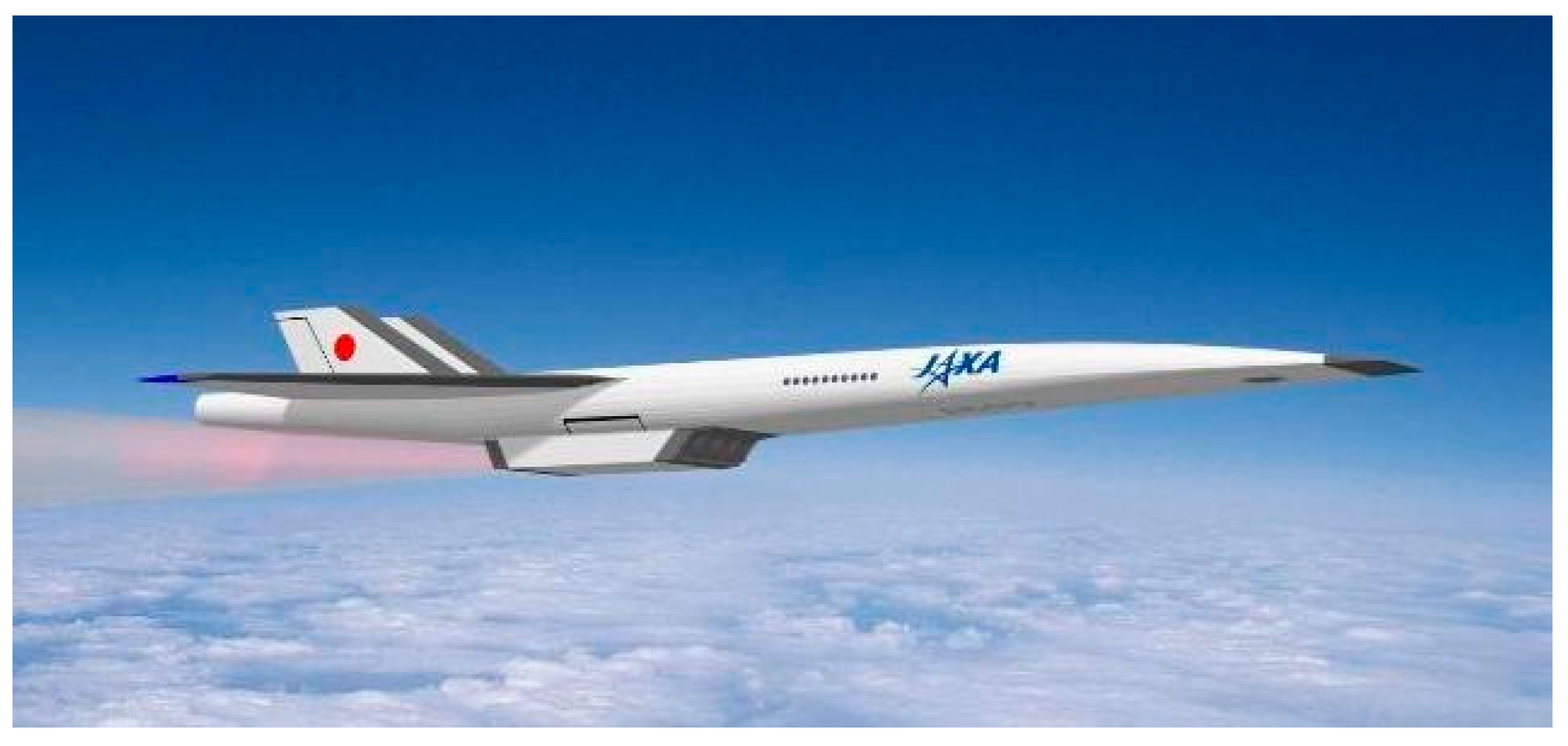Trimotor Aircraft - The original (commercial production) 4-AT had three air-cooled Wright radial engines. It carried a crew of three: a pilot, a co-pilot, and a stewardess as well as eight or nine passengers [N 1].[3] The later 5-AT had more powerful Pratt & Whitney engines.
All models had aluminum corrugated sheet metal body and wings. Unlike many aircraft of this era, extending through World War II, its flight control surfaces (ailerons, elevators, and rudders) were not fabric covered, but were also made of corrugated metal.
Trimotor Aircraft
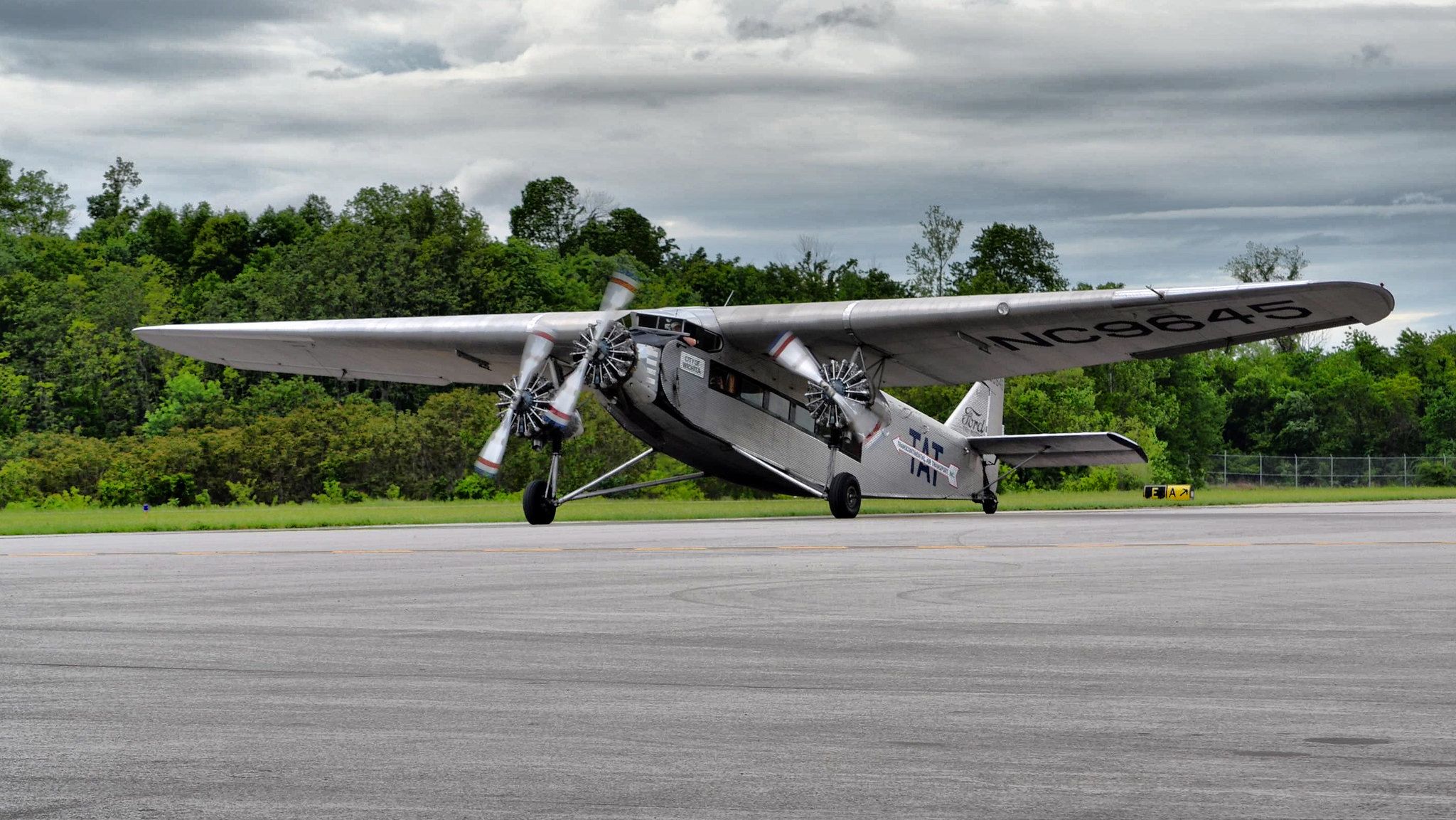
As was common for the time, its rudder and elevators were controlled by wires that were strung along the external surface of the aircraft. Engine gauges were also mounted externally, on the engines, to be read by the pilot while looking through the aircraft windshield.[3]
Design And Development[]
Another interesting feature was the use of the hand-operated "Johnny Brake." [6] Increasing airline use and the availability of the new Pratt and Whitney 420-hp Wasp engine led to the 5-AT model in the summer of 1928. The 5-AT became the most famous of the Ford Tri-motor designs.
Two other types, the 8-AT and 14-AT, did not go beyond prototype status. In 1942, during the Battle of Bataan, a Trimotor was used in evacuations of the island. The aircraft would haul 24 people nearly 500 miles a trip, twice daily.
The aircraft was eventually strafed and destroyed by Japanese aircraft.[14] During its operations with the crop-dusting company, the airplane also flew a cargo route in Alaska until it was resold in Mexico. It finally ended up beside a small airfield in Oaxaca, in use as someone's living quarters.
A wood-burning stove had been installed, and a chimney stuck through the aluminum roof. In 1987, Lufthansa donated a Junkers-Ju 52/3m to the National Air and Space Museum following a complete restoration. The Spanish firm of CASA had built the airplane in 1951. Fairoaks Aviation in England bought it in the mid-1970s and it appeared in several films.
Operational History[]
Two Ford Trimotors are still being used by the Experimental Aircraft Association (EAA) to fly passengers on sightseeing tours: a 4-AT-E, bought by the association after a crash and fully restored, and a 5-AT-B belonging to the
Liberty Aviation Museum. Stout, a bold and imaginative salesman, sent a mimeographed form letter to leading manufacturers, blithely asking for $1,000 and adding: 'For your one thousand dollars you will get one definite promise: You will never get your money back.
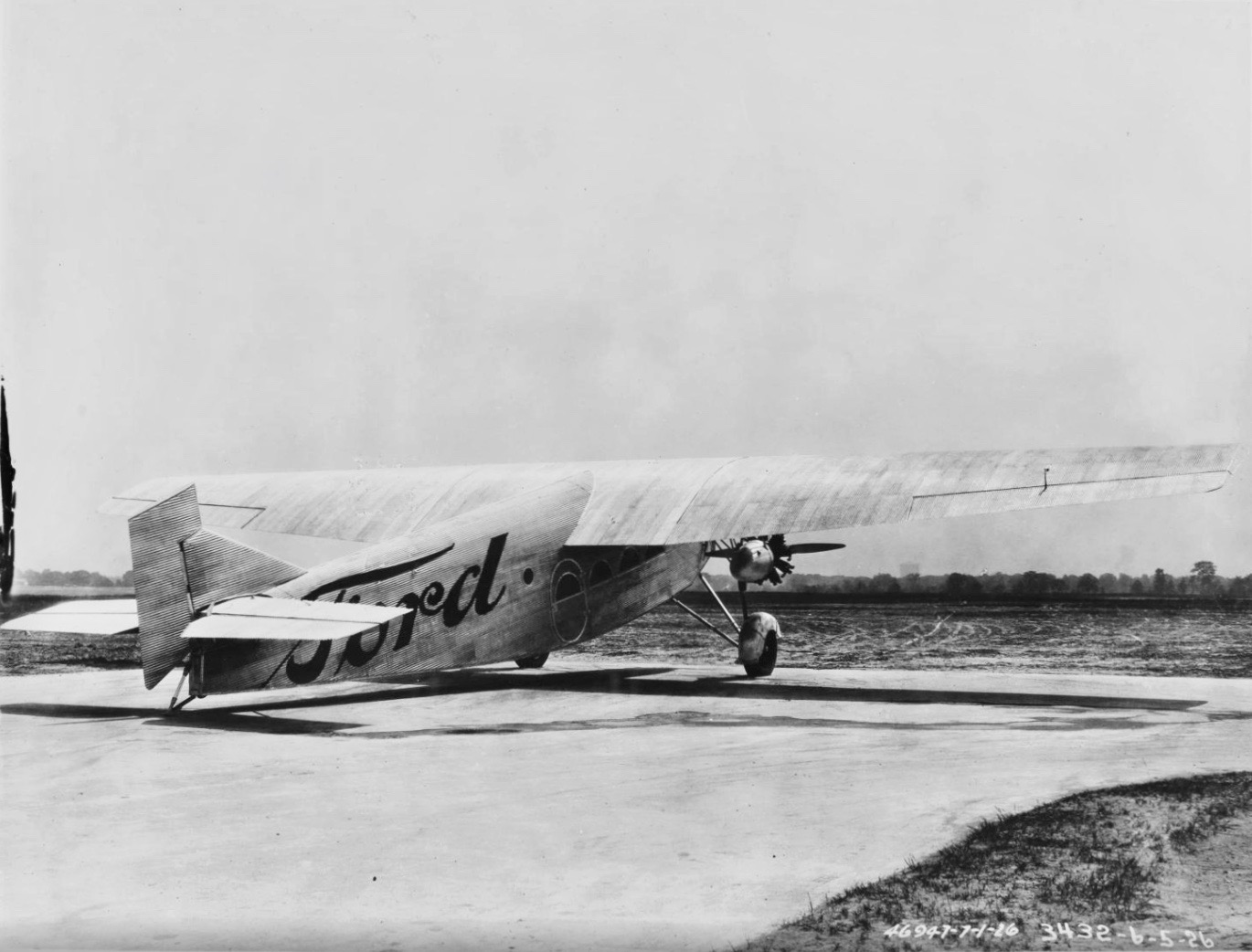
Stout raised $20,000, including $1,000 each from Edsel and Henry Ford. One of the major uses of Trimotor after it was superseded as a passenger aircraft by more modern aircraft like the DC-3, was the carrying of heavy freight to mining operations in jungles and mountains.
In this role the Trimotor was employed for decades.[13] The heyday for Ford's transport was relatively brief, lasting only until 1933, when more modern airliners began to appear. Rather than completely disappearing, the Trimotors gained an enviable reputation for durability with Ford ads in 1929 proclaiming, "No Ford plane has yet worn out in service."[12] First being relegated to second- and third-tier airlines, the Trimotors continued
to fly into the 1960s, with numerous examples being converted into cargo transports to further lengthen their careers, and when World War II began, the commercial versions were soon modified for military applications. A Ford Trimotor appeared in Chapter 1 of Flash Gordon (Universal, 1936).[58]
Director Howard Hawks' Only Angels Have Wings 1939 features a Trimotor that catches fire after a freak accident with a condor eventually performing an emergency landing on an airfield. A real and a model Trimotor were used for the sequence.[59]
In the early 1920s Henry Ford, along with a group of 19 other investors including his son Edsel, invested in the Stout Metal Airplane Company. Stout, a bold and imaginative salesman, sent a mimeographed form letter to leading manufacturers, blithely asking for $1,000 and adding: "For your one thousand dollars you will get one definite promise: You will never get your money back."
Stout raised $20,000, including $1,000 each from Edsel and Henry Ford.[2] The heyday for Ford's transport was relatively brief, lasting only until 1933 when more modern airliners began to appear. Rather than completely disappearing, the Trimotors gained an enviable reputation for durability with Ford ads in 1929 proclaiming, "No Ford plane has yet worn out in service."[10] First being relegated to second- and third-tier airlines, the Trimotors continued
to fly into the 1960s, with numerous examples being converted into cargo transports to further lengthen their careers and when World War II began, the commercial versions were soon modified for military applications. William Stout left the Metal Airplane division of the Ford Motor Company in 1930. He continued to operate the Stout Engineering Laboratory, producing various aircraft.
In 1954, Stout purchased the rights to the Ford Trimotor in an attempt to produce new examples. A new company formed from this effort brought back two modern examples of the trimotor aircraft, renamed the Stout Bushmaster 2000, but even with improvements that had been incorporated, performance was judged inferior to modern designs.

Making headlines became a Trimotor trademark. On November 27 and 28, 1929, Commander Richard E. Byrd (navigator), chief pilot Bernt Balchen, and two other crewmen, the co-pilot and the photographer, made the first flight above the Geographic South Pole in a Ford Trimotor that Byrd
named the Floyd Bennett. This was one of three aircraft taken on this polar expedition, with the other two being named The Stars and Stripes and The Virginian, replacing the Fokker Trimotors that Byrd previously used.[4]
The rapid development of aircraft at this time (the vastly superior Douglas DC-2 was first conceived in 1932), along with the death of his personal pilot Harry J. Brooks on a test flight, led to Henry Ford's losing interest in aviation.
While Ford did not make a profit on his aircraft business, Henry Ford's reputation lent credibility to the infant aviation and airline industries, and Ford helped introduce many aspects of the modern aviation infrastructure, including paved runways, passenger terminals, hangars, airmail, and radio.
navigation.[1] [N2] The two Fords became very interested in air transportation, and in April 1925 the Ford Motor Company started an experimental air freight service between Detroit and Chicago. In August of that year, Ford purchased the Stout Metal Airplane Company.
Junkers engineer Ernst Zindel designed the Junkers Ju 52, which made its first flight on 11 September 1930. The single-engine aircraft hauled freight that ground crews could load using large doors and a hatch in the roof.
In the winter of 1931, in Montreal, Canada, a Ju 52 took off carrying almost four tons but the world's depressed economy handicapped sales, and only seven Ju 52s were built. In 1925, Ford bought Stout and its aircraft designs.
The single-engined Stout monoplane was turned into a trimotor, the Stout 3-AT with three Curtiss-Wright air-cooled radial engines. After a prototype was built and test-flown with poor results, and a suspicious fire caused the complete destruction of all previous designs[citation needed], the "4-AT" and "5-AT" emerged.

The museum's Ford Tri-motor is a 5-AT-B, NC9683, donated by American Airlines. Its long and varied history began when it was sold to Southwest Air Fast Express (SAFE) on April 12, 1929. The thirty-ninth 5-AT built by Ford.
It sold for $55,475 in cash. American Airlines bought out SAFE the following year, acquiring the Tri-motor in the process. During 1931, NC9683 flew the routes of Colonial Air Transport, a division of American. Later, it flew on the transcontinental route between Cleveland and Los Angeles.
In May 1934 it was transferred to the Chicago base until it was retired from American in 1935. While Western eventually added two M-4s to its fleet of six M-2s, the M-4 saw more extensive service with National Air Transport (later United Air Lines) from 1927 to 1930 on the Chicago-New York route.
National Air Transport modified all of its M-3s into the M-4 configuration and eventually had 24 Douglas mailplanes on its roster, to become the largest operator of this type in commercial service. The rapid development of aircraft at this time (the vastly superior Boeing 247 first flew at the beginning of 1933), along with the death of his personal pilot, Harry J. Brooks, on a test flight, led to Henry Ford's losing interest in aviation.
While Ford did not make a profit on his aircraft business, Henry Ford's reputation lent credibility to the infant aviation and airline industries, and Ford helped introduce many aspects of the modern aviation infrastructure, including paved runways, passenger terminals, hangars, airmail, and radio.
navigation.[1] [N2] A team of engineers began work on the 4-AT, which was the prototype for the classic Ford Tri-motor design. While it bore more than a superficial resemblance to contemporary Fokker products, the Ford had two overwhelming advantages for the domestic market: the Ford name and all-metal construction.
Like Ford cars and tractors, these Ford aircraft were well-designed, relatively inexpensive, and reliable (for the era). The combination of metal structure and simple systems led to their reputation for ruggedness. Rudimentary service could be accomplished "in the field" with ground crew able to work on engines using scaffolding and platforms.[4]
In order to fly into otherwise-inaccessible sites, the Ford Trimotor could be fitted with skis or floats.[4] One of the most important events in the sale of aviation to the general public was the entry of Henry Ford into aircraft manufacturing.

The Ford automobile was at the time the symbol of reliability, and it followed in the minds of a good many people that a Ford airplane would be safe to fly. And it was. The Ford Tri-motor was a rugged, dependable transport airplane, which won a permanent place in aviation history.
From 1954 onwards, efforts have been made to produce a modernized version of the Trimotor as the Stout Bushmaster 2000.[6] Saddled with financial, management and marketing problems, only two examples were initially built with a third fuselage never completed.[57]
The first Ford Tri-motor was retroactively designated 3-AT (for Air Transport). It was an unsightly airplane, which could not be landed power-off because of the terrible air-flow patterns generated by its unusually positioned engines. A mysterious fire broke out in the factory in January 1926, after the third flight of the 3-AT, destroying that airplane and others of Stout's.
The 3-AT was dropped from further development, and proved to be Stout's last major design effort with Ford. In the late 1920s, the Ford Aircraft Division was reputedly the "largest manufacturer of commercial airplanes in the world."
[7] Alongside the Ford Trimotor, a new single-seat commuter aircraft, the Ford Flivver or "Sky Flivver" had been designed and flown in prototype form but never entered series production.[7] The Trimotor was not to be Ford's last venture in aircraft production.
During World War II, the largest aircraft manufacturing plant in the world was built at the Willow Run, Michigan plant, where Ford produced thousands of B-24 Liberator bombers under license from Consolidated Aircraft.[8] Designed to carry passengers as well as mail, the Trimotor could carry 12 passengers along with a cargo of mail.
As with other contract carriers in the 1920s and 1930s, Ford's airmail contract paid enabled the company to grow and expand. Passenger service took a few more years to catch on. The Ford Trimotor was a development of previous designs by William Bushnell Stout, using structural principles copied from the work of Professor Hugo Junkers, the noted German all-metal aircraft design pioneer, and adapted to an airframe very similar to the single engine Fokker F.
VII - even using the same airfoil cross section at the wing root. In the early 1920s, Henry Ford, along with a group of 19 other investors including his son Edsel, invested in the Stout Metal Airplane Company.

Stout, a bold and imaginative salesman, sent a mimeographed form letter to leading manufacturers, blithely asking for $1,000 and adding: "For your one thousand dollars you will get one definite promise: You will never get your money back."
Stout raised $20,000, including $1,000 each from Edsel and Henry Ford.[2] That the Ford Trimotor used an all-metal construction was not a revolutionary concept, but certainly more advanced than the standard construction techniques in the 1920s.
The aircraft resembled the Fokker F.VII Trimotor, but unlike the Fokker, the Ford was all-metal, allowing Ford to claim it was "the safest airliner around." [3] Its fuselage and wings were constructed of aluminum alloy which was corrugated for added strength, although the drag reduced its overall performance.[4]
Although designed primarily for passenger use, the Trimotor could be easily adapted for hauling cargo, since its seats in the fuselage could be removed. To increase cargo capacity, one unusual feature was the provision of "drop-down" cargo holds below the lower inner wing sections of the 5-AT version.[3][5]
William Stout left the Metal Airplane division of the Ford Motor Company in 1930. He continued to operate the Stout Engineering Laboratory, producing various aircraft. In 1954, Stout purchased the rights to the Ford Trimotor in an attempt to produce new examples.
A new company formed from this effort brought back two modern examples of the trimotor aircraft, renamed the Stout Bushmaster 2000, but even with improvements that had been incorporated, performance was judged inferior to modern designs.
Affectionately known as the “Tin Goose,” the Ford Tri-Motor was the largest civil aircraft in America when it first flew on August 2, 1926. Its all-metal, corrugated aluminum construction and the prestigious Ford name made it immediately popular with passengers.
and airline operators. Noisy but reliable, the Ford Tri-Motor played a major role in convincing the public that air travel was safe and practical. In the late 1920s, the Ford Aircraft Division was reputedly the "largest manufacturer of commercial airplanes in the world."
[9] Alongside the Ford Trimotor, a new single-seat commuter aircraft, the Ford Flivver or "Sky Flivver" had been designed and flown in prototype form, but never entered series production.[9] The Trimotor was not to be Ford's last venture in aircraft production.
During World War II, the largest aircraft manufacturing plant in the world was built at the Willow Run, Michigan plant, where Ford produced thousands of B-24 Liberator bombers under license from Consolidated Aircraft.[10] In 1936 the airplane was sold to TACA International Airlines, and operated in Nicaragua for several years.
In 1946 NC9683 was sent to Mexico, where it was used for passenger and cargo hauling until 1954, when it was resold to a crop-dusting company in Montana.
ford tri motor airplane model, ford trimotor plane, ford trimotor aircraft, ford trimotor maiden flight, ford tri motor aircraft pictures, ford trimotor eaa, ford trimotor flights, ford trimotor airplane history






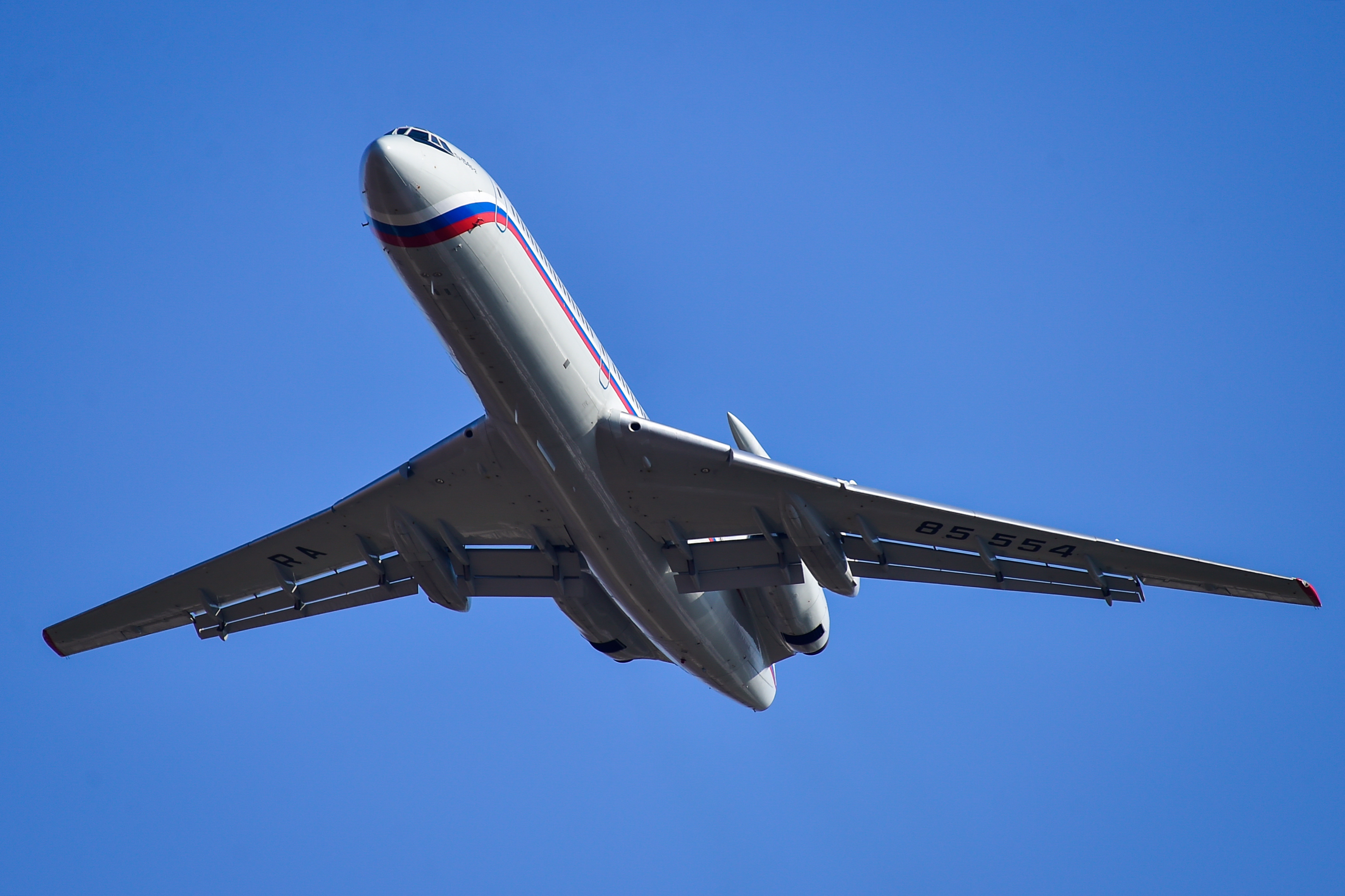
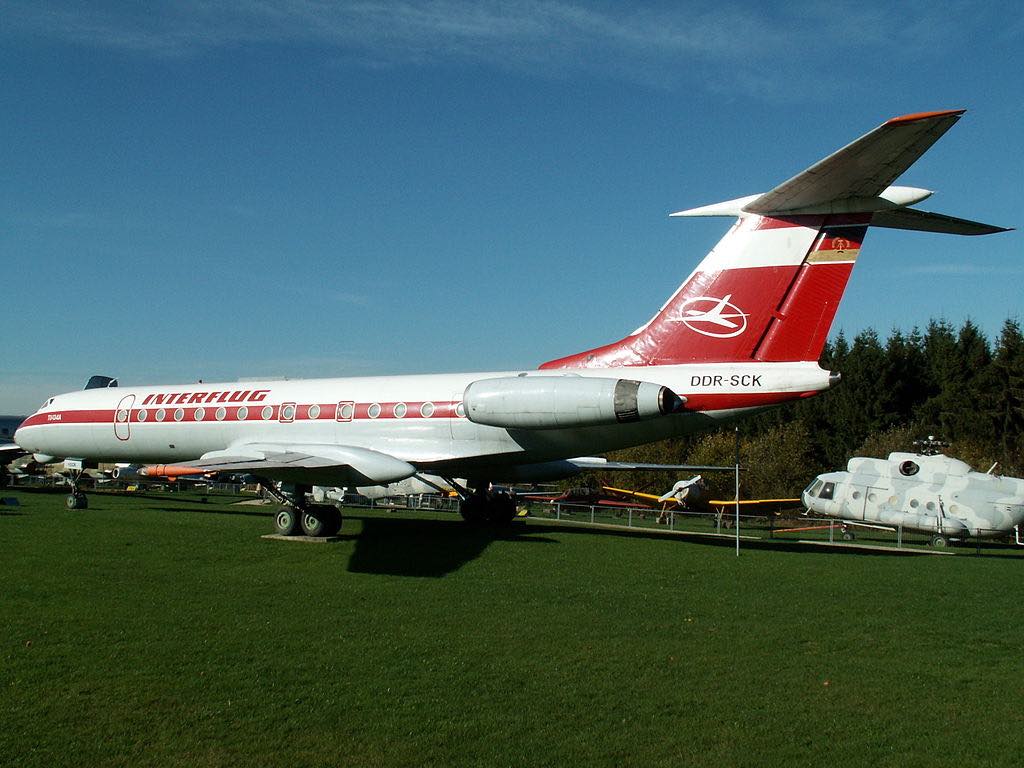


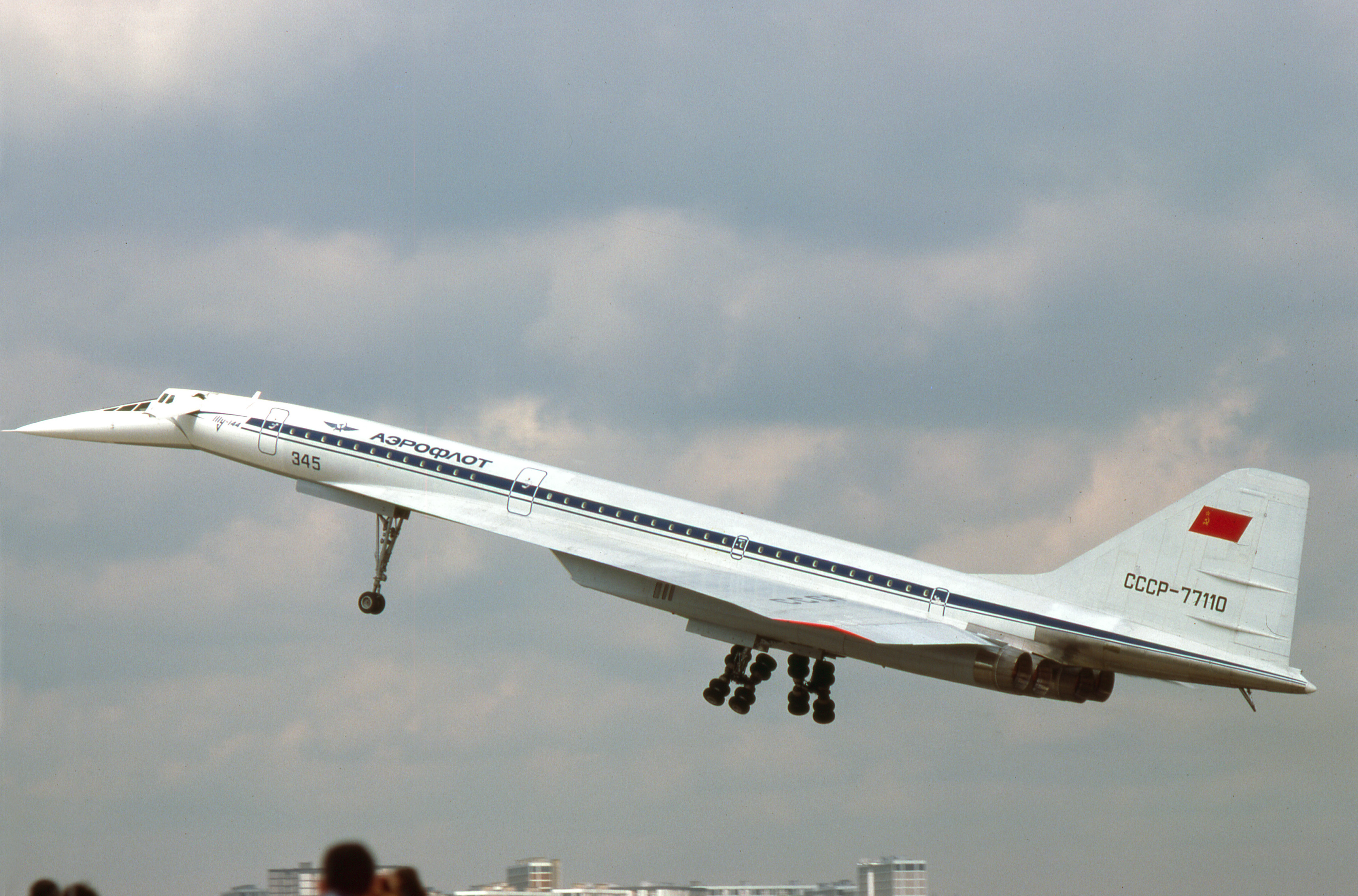



![Aeroplane Engine [Rolls Royce Avon Turbojet] - Museum Of Transport And Technology, New Zealand](https://collection.motat.nz/records/images/xlarge/11471/72d8680d053f61f1eb7e715d6129374d23ba4c20.jpg)
![Pdf] Aerodynamic Redesign And Analysis Of A Research Jet Engine – Virtual Prototyping Of Gas Turbine Components | Semantic Scholar](https://d3i71xaburhd42.cloudfront.net/be1a9691056423f2a793dc4e08f98b46fad38f83/3-Figure1-1.png)

